Neues Museum by David Chipperfield in Berlin
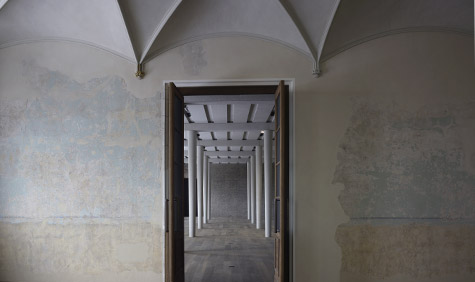
It has to be the most talked about refurb for years: British architect David Chipperfield’s adaptation of the Neues Museum in Berlin is due to reopen to the public this October after spending nearly 70 years in a state of dereliction and decay.
When David Chipperfield won the commission to kiss the museum back into life in 1997 (it was a close call between him and Frank Gehry) he was amazed at what he found: ‘This building somehow escaped history’, he says, ‘all the other museumsinsel buildings had been repaired and later re-restored – all had lost much of their original material in post-war renovation. This was the only building left with original fragments’.
Chipperfield’s task was one of ‘complementary restoration’. The architect and his teams of assistants, experts and restorers tackled the project one room at a time. In each instance it was decided what to save, what to restore and what to replace with completely modern, yet neutral elements –the pillars in one case and the ceiling in another.
Thus bullet hole-ridden plaster capitals gave way to sleek bronze panels, raw brickwork, or smooth stucco lustro. This is not an entirely new form of approach, there are other highly successful examples of restoration in Berlin that allow old buildings to bear witness to their history such but what makes Chipperfield’s museum breathtaking is the materiality of the architecture: the physical interfaces, the beautiful detailing and the loving, respectful (yet never pious) care and quality at every level with which the work has been executed.
‘We have been criticised for memorialising damage’ says Chipperfield, ‘but in fact we tried to push it as far back as possible – to compete with the damage where in some cases it was only structure that held some rooms together’.
It is not the strength of the old Stüler architecture or the weight history, but Chipperfield’s new main staircase that ties the whole building together: He has replaced the original with a kind of minimalist version of what was once there – reinterpreting it in a reduced language. It is pale and smooth and has extraordinary power in its lack of ornament.
The Neues museum has been almost universally praised as a resoundingly successful building. It cost 200 million Euros to complete– a remarkable 40 million under budget. Not surprisingly, Chipperfield Architects are very much in demand in Germany at the moment. A refreshing form of minimal restraint seems to be gaining ground on brash trophy architecture, in the museum sector at least, and Chipperfield has set a standard with this building that is going to be hard to match.
Receive our daily digest of inspiration, escapism and design stories from around the world direct to your inbox.
-
 Holland & Holland's Range Rover is outstanding in its field: shoot the breeze in style
Holland & Holland's Range Rover is outstanding in its field: shoot the breeze in styleCan you spare half a million pounds for a glorified four-wheeled gun cabinet? If so, the Range Rover Holland & Holland Edition by Overfinch might be the perfect fit
-
 Veronica Ditting’s collection of tiny tomes is a big draw at London's Tenderbooks
Veronica Ditting’s collection of tiny tomes is a big draw at London's TenderbooksAt London bookshop Tenderbooks, 'Small Print' is an exhibition by creative director Veronica Ditting that explores and celebrates the appeal of books that fit in the palm of your hand
-
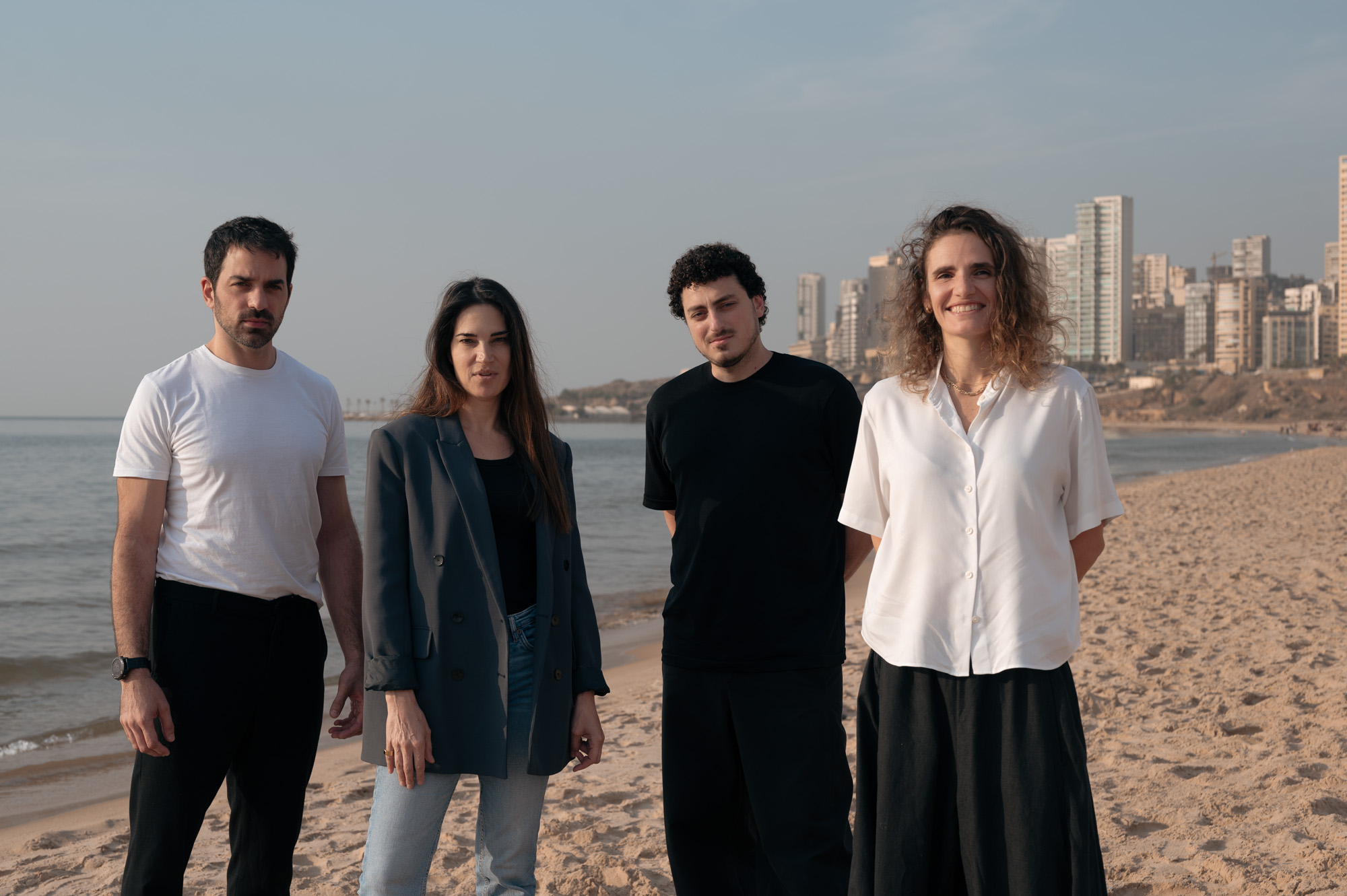 How Beirut's emerging designers tell a story of resilience in creativity
How Beirut's emerging designers tell a story of resilience in creativityThe second in our Design Cities series, Beirut is a model of resourcefulness and adaptability: we look at how the layered history of the city is reflected in its designers' output
-
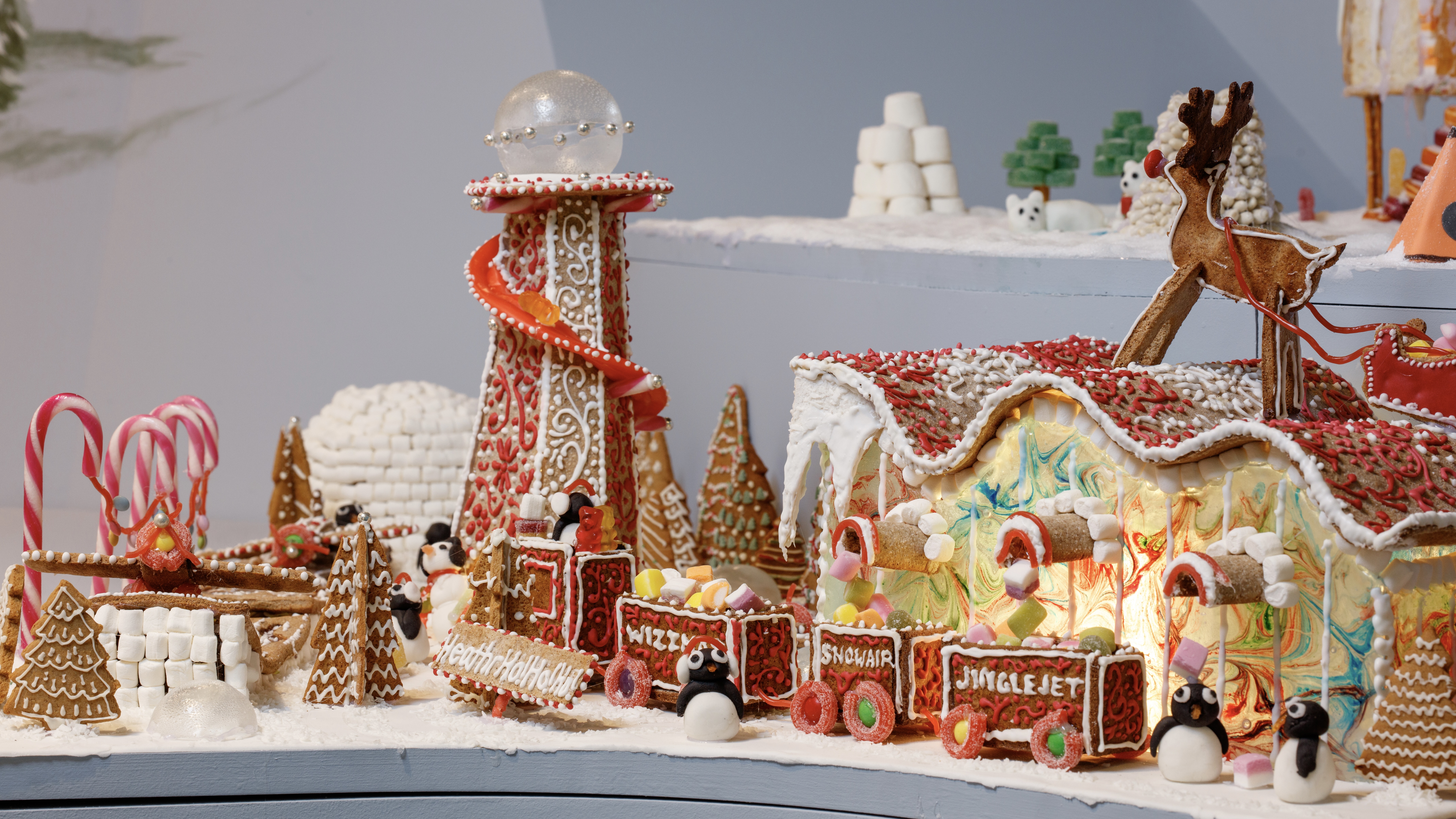 Welcome to The Gingerbread City – a baked metropolis exploring the idea of urban ‘play’
Welcome to The Gingerbread City – a baked metropolis exploring the idea of urban ‘play’The Museum of Architecture’s annual exhibition challenges professionals to construct an imaginary, interactive city entirely out of gingerbread
-
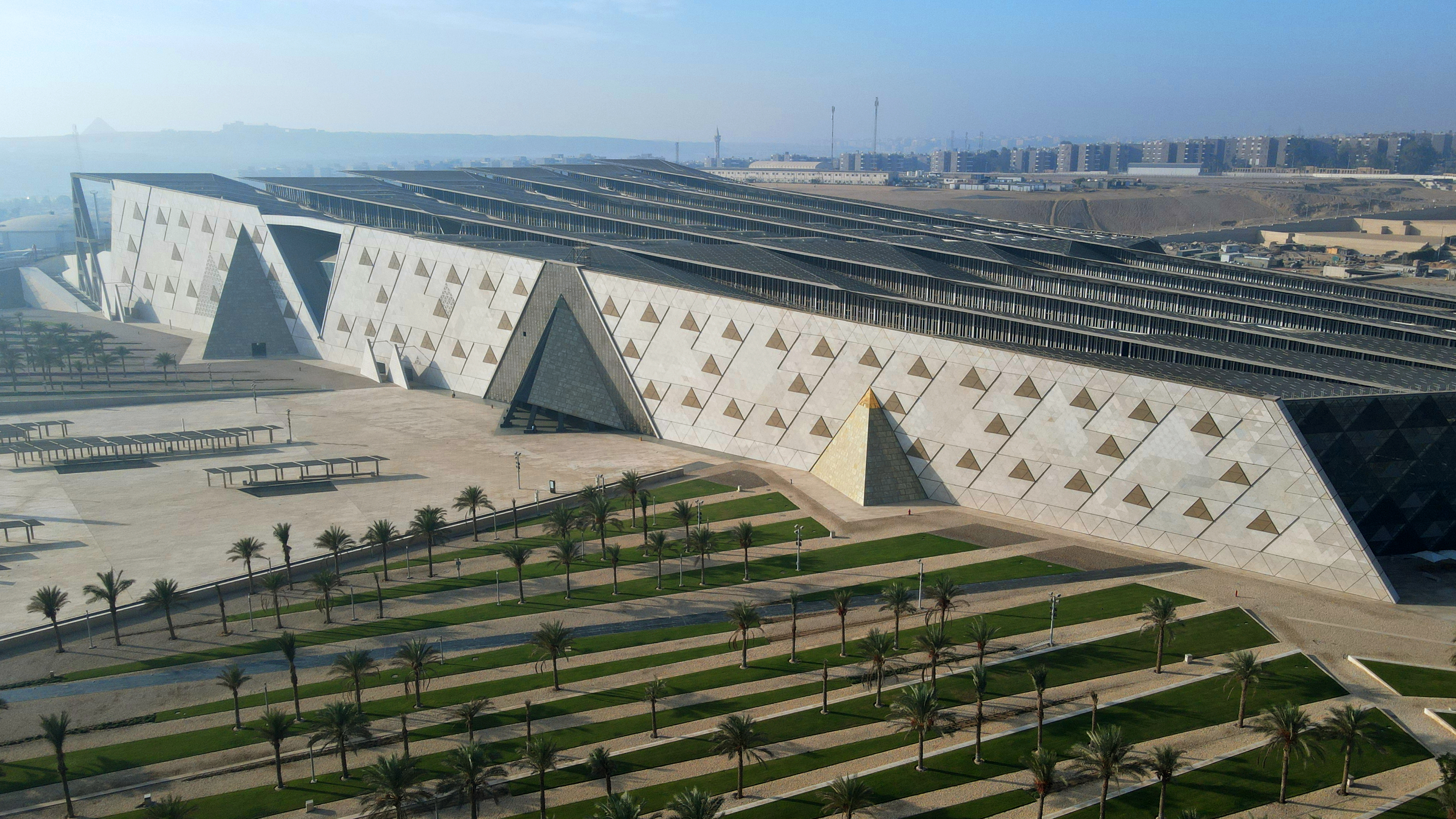 The Grand Egyptian Museum – a monumental tribute to one of humanity’s most captivating civilisations – is now complete
The Grand Egyptian Museum – a monumental tribute to one of humanity’s most captivating civilisations – is now completeDesigned by Heneghan Peng Architects, the museum stands as an architectural link between past and present on the timeless sands of Giza
-
 Doshi Retreat at the Vitra Campus is both a ‘first’ and a ‘last’ for the great Balkrishna Doshi
Doshi Retreat at the Vitra Campus is both a ‘first’ and a ‘last’ for the great Balkrishna DoshiDoshi Retreat opens at the Vitra campus, honouring the Indian modernist’s enduring legacy and joining the Swiss design company’s existing, fascinating collection of pavilions, displays and gardens
-
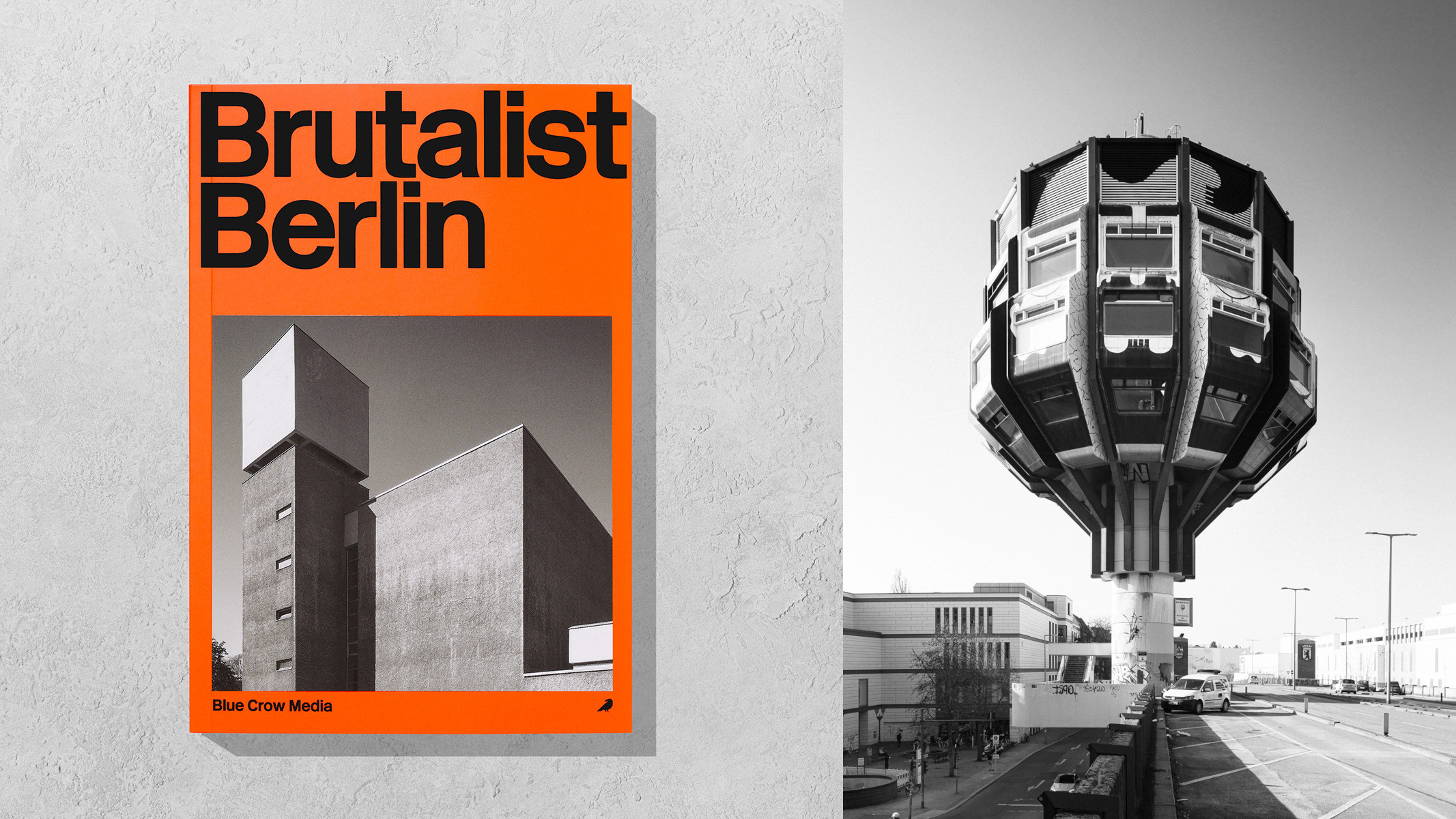 ‘Brutalist Berlin’ is an essential new guide for architectural tourists heading to the city
‘Brutalist Berlin’ is an essential new guide for architectural tourists heading to the cityBlue Crow Media’s ‘Brutalist Berlin’ unveils fifty of the German capital’s most significant concrete structures and places them in their historical context
-
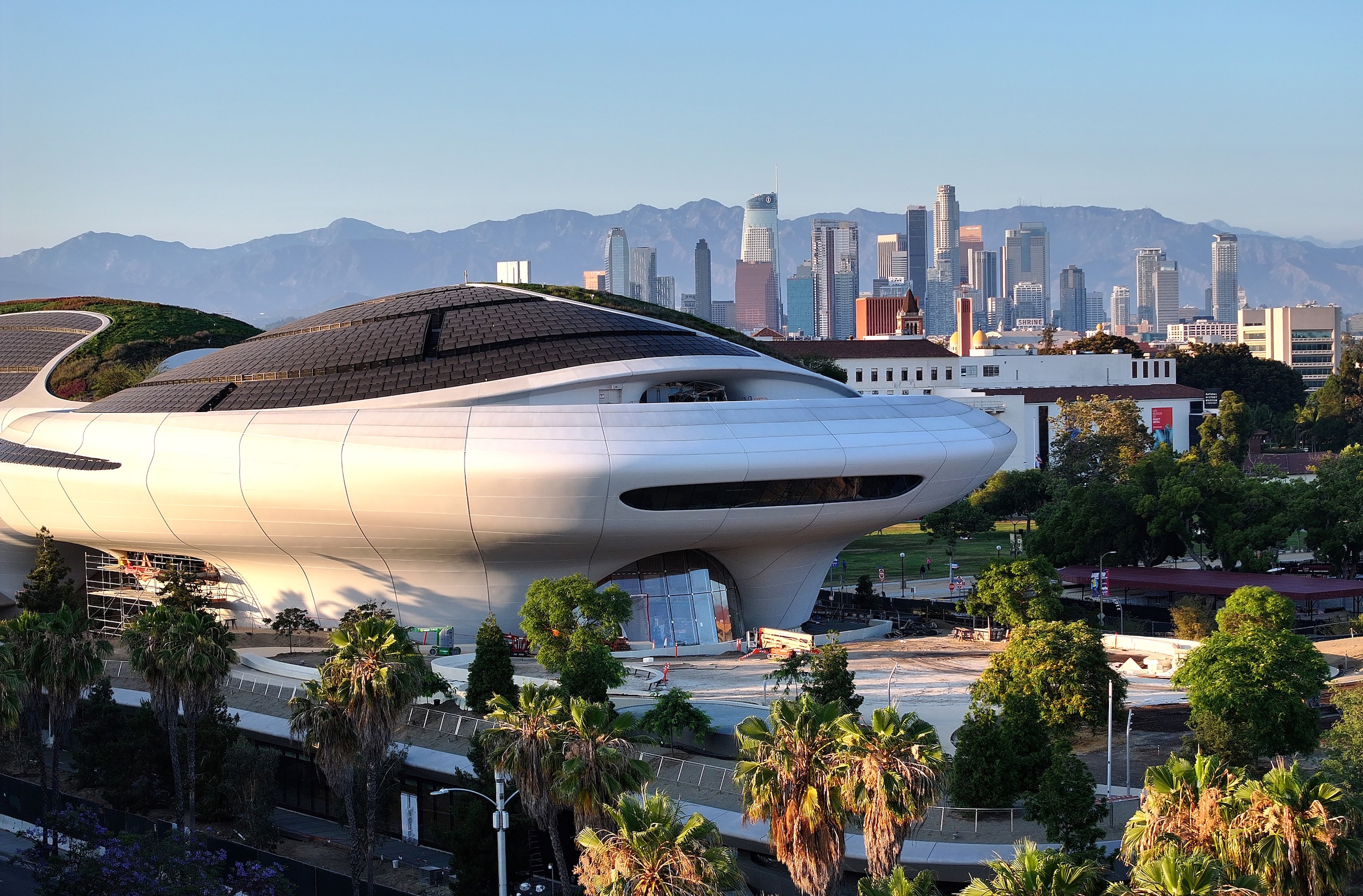 George Lucas’ otherworldly Los Angeles museum is almost finished. Here’s a sneak peek
George Lucas’ otherworldly Los Angeles museum is almost finished. Here’s a sneak peekArchitect Ma Yansong walks us through the design of the $1 billion Lucas Museum of Narrative Art, set to open early next year
-
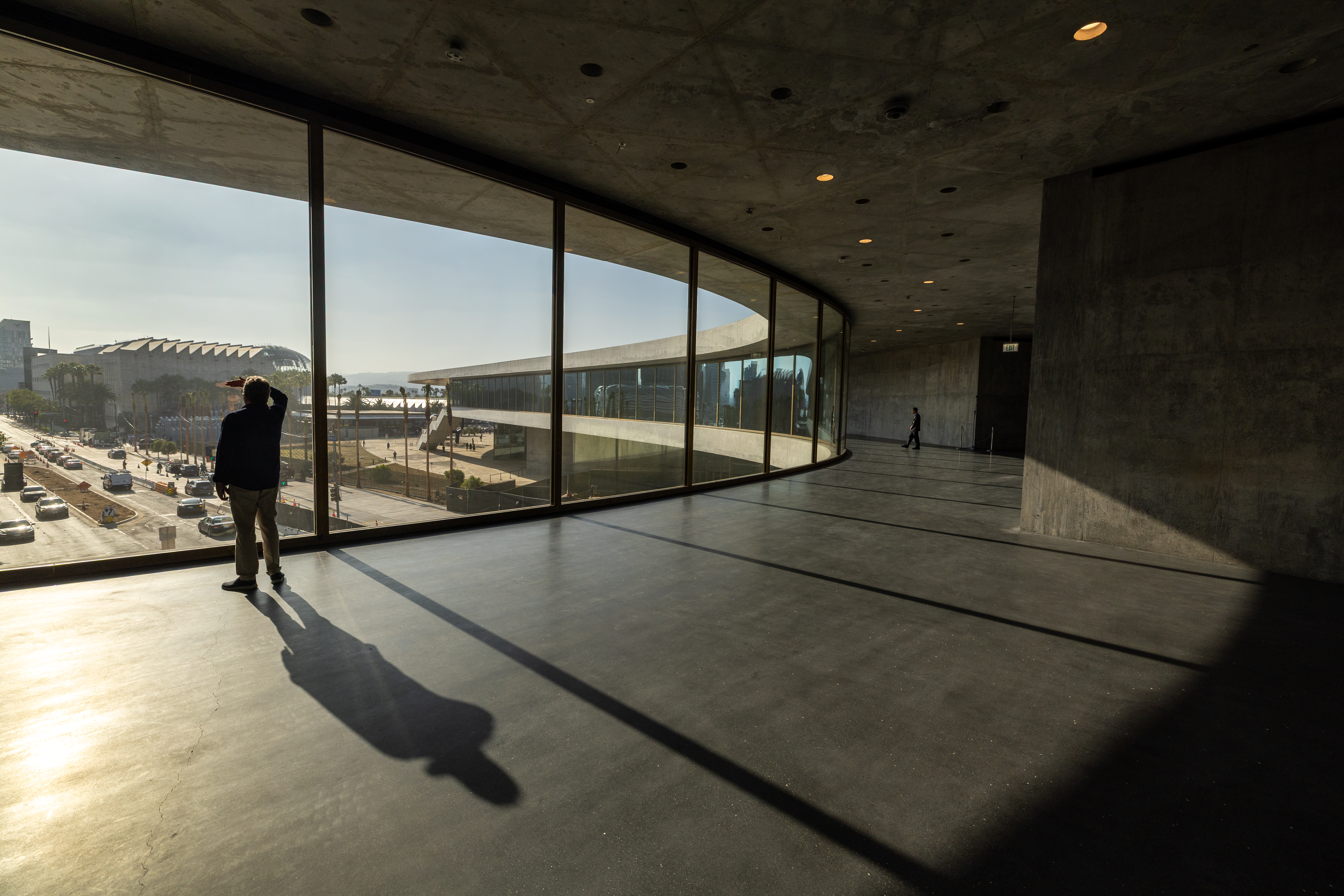 The great American museum boom
The great American museum boomNine of the world’s top ten most expensive, recently announced cultural projects are in the US. What is driving this investment, and is this statistic sustainable?
-
 A new book delves into Frei Otto’s obsession with creating ultra-light architecture
A new book delves into Frei Otto’s obsession with creating ultra-light architecture‘Frei Otto: Building with Nature’ traces the life and work of the German architect and engineer, a pioneer of high-tech design and organic structures
-
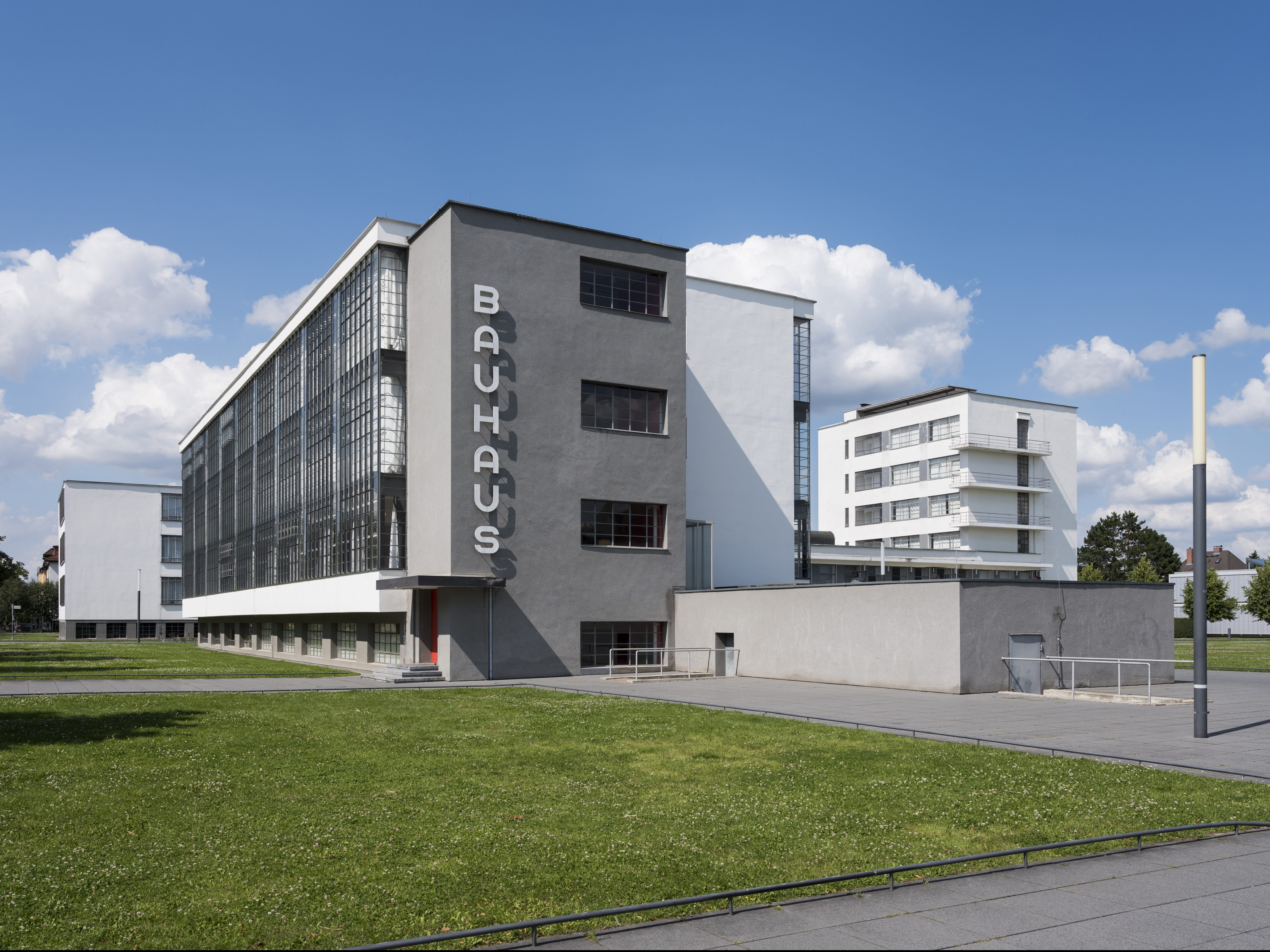 What is Bauhaus? The 20th-century movement that defined what modern should look like
What is Bauhaus? The 20th-century movement that defined what modern should look likeWe explore Bauhaus and the 20th century architecture movement's strands, influence and different design expressions; welcome to our ultimate guide in honour of the genre's 100th anniversary this year